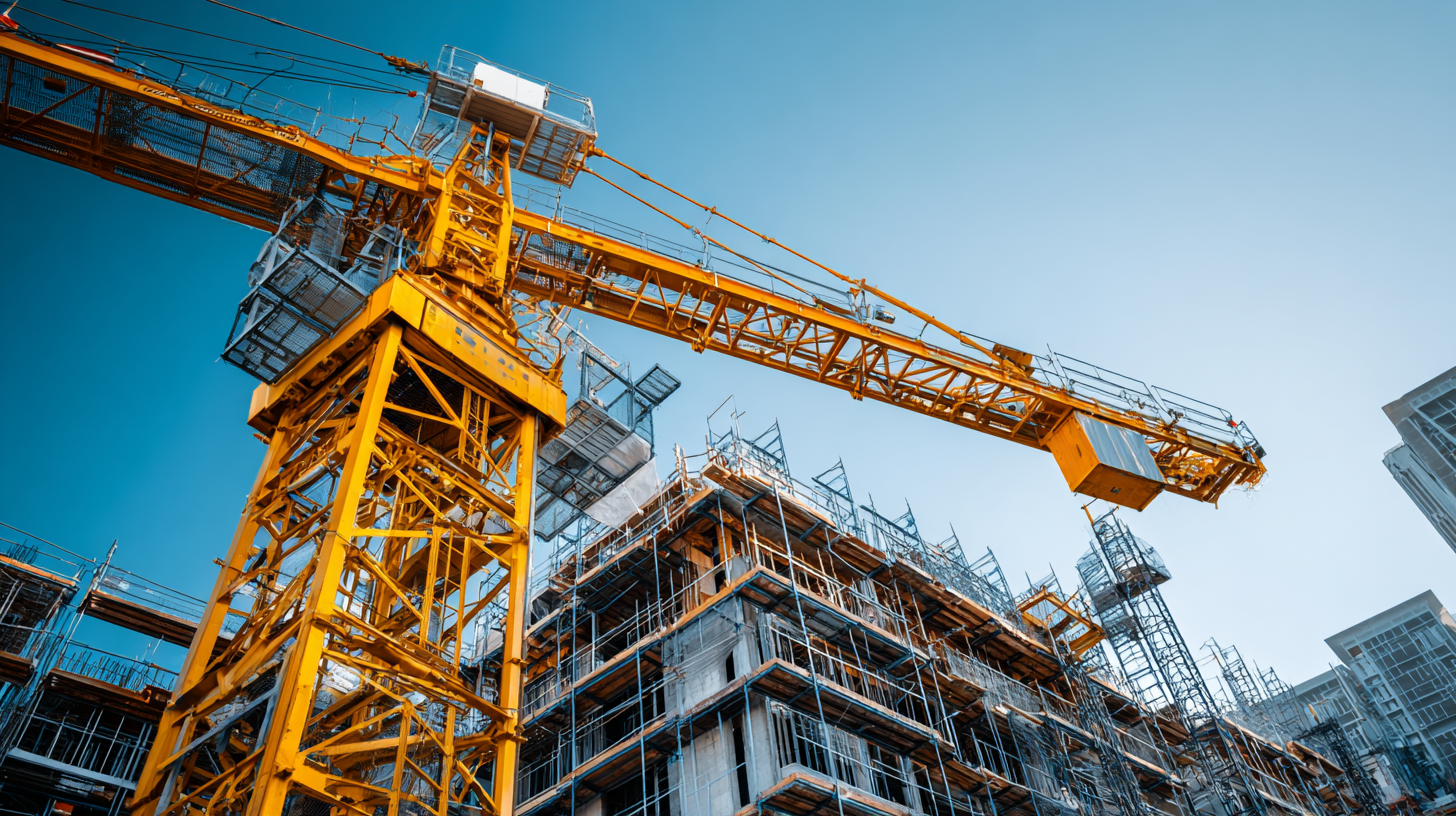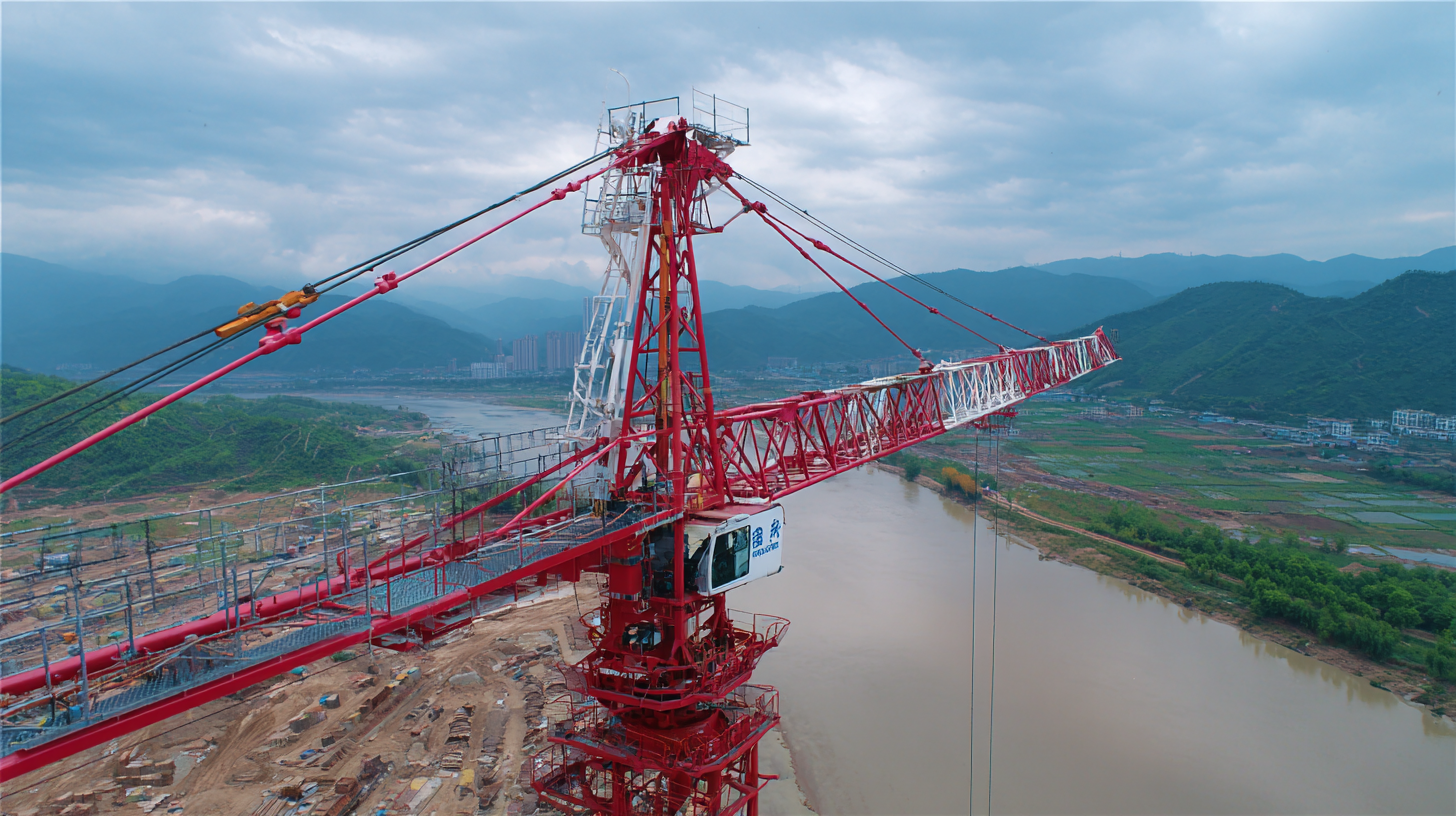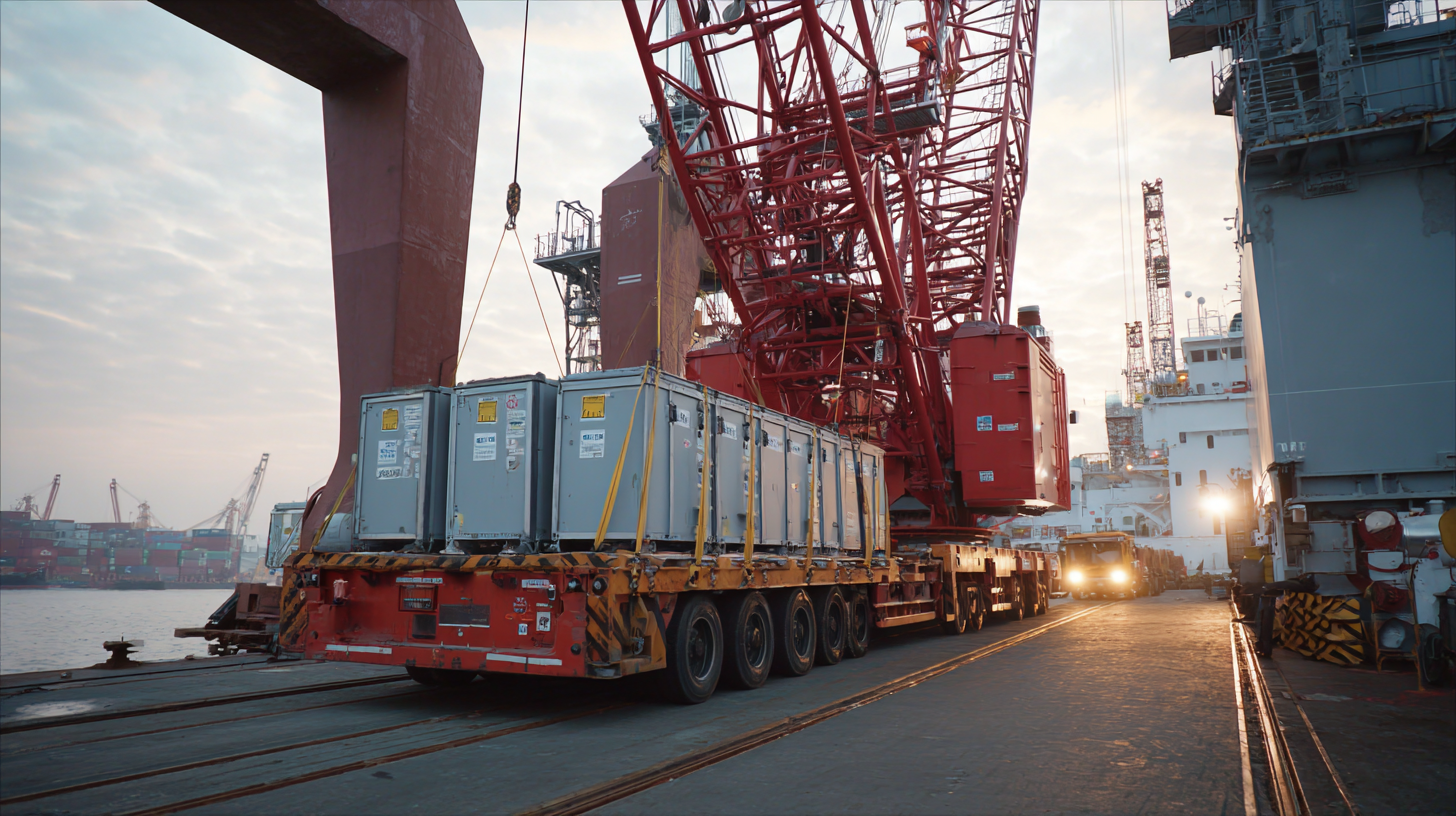In the ever-evolving landscape of construction and infrastructure development, the significance of high-quality Tower Crane Parts cannot be overstated. As projects become larger and more complex, the demand for innovative, reliable, and efficient components continues to rise. This blog aims to explore various innovative alternatives for acquiring the best Tower Crane Parts available in global markets today. By delving into industry production standards and examining a variety of "how-to" approaches, we will uncover insights that not only enhance the operational capabilities of tower cranes but also drive cost-effectiveness and sustainability in construction practices.

Join us as we navigate through the latest trends, technologies, and best practices in sourcing and utilizing Tower Crane Parts that ensure safety, reliability, and efficiency on job sites around the world.
The landscape of tower crane parts is undergoing a transformation, driven by the emergence of innovative materials and technologies. These advancements not only optimize performance but also enhance the sustainability of construction equipment. Recent developments, such as the self-climbing crane technology, showcase how innovation can lead to significant improvements in operational efficiency. This technology promises to lower the costs associated with assembly and disassembly, potentially reducing project timelines and delivery expenses by up to 30%, as suggested by industry reports.
Moreover, the rethinking of designs for wind turbine cranes highlights a shift towards more compact and cost-effective solutions. By leveraging lighter materials and advanced engineering techniques, startups are making strides in making wind power generation more accessible and efficient. For instance, the use of high-strength composites and smart sensors in crane parts not only boosts load-bearing capacity but also enhances safety and operational flexibility. This revolution could see construction and renewable energy sectors converging, thereby driving forward a sustainable future in both industries.
The global tower crane parts market is undergoing significant transformation as key players position themselves for future growth. With the market valued at USD 16.3 billion in 2024 and projected to reach USD 22.1 billion by 2030, the anticipated CAGR of 5.2% highlights the ongoing demand for efficient and reliable construction equipment. This growth presents a multitude of opportunities for innovative alternatives and improvements in tower crane components, ensuring that manufacturers can meet the diverse needs of construction projects worldwide.

Chinese manufacturers are strategically expanding their reach beyond local markets, aiming to compete on a global scale. With a focus on leveraging advanced technology and optimizing production processes, these firms are poised to introduce cutting-edge solutions that enhance the performance and safety of tower cranes. As they establish a presence in international markets, collaboration with local partners and investments in research and development will be crucial in solidifying their position among key global players in the tower crane parts sector.
In the rapidly evolving landscape of tower crane manufacturing, sustainable practices have emerged as a pivotal trend. As global awareness of environmental issues grows, manufacturers are increasingly adopting eco-friendly materials and processes. This shift not only reduces the carbon footprint of tower cranes but also enhances the overall efficiency and longevity of the equipment. Innovations such as the use of recycled steel and biodegradable lubricants are setting new standards in the industry, allowing companies to meet regulatory demands while appealing to environmentally-conscious clients.
When considering the best tower crane parts, it is essential to integrate sustainability into your selection process. One tip is to prioritize suppliers who demonstrate a commitment to sustainable sourcing and manufacturing. Look for those that utilize energy-efficient production methods, which can significantly lower environmental impact. Additionally, explore options for parts that are designed for repairability and recyclability, ensuring a longer lifecycle and minimal waste.
Moreover, staying informed about the latest trends in sustainable practices can provide manufacturers with a competitive edge. Regularly attend industry conferences and engage with experts who specialize in sustainable construction technologies. This engagement can reveal collaborative opportunities and innovative solutions that you might not find through traditional channels, ultimately benefiting your operations and the planet.
The tower crane market is experiencing significant growth, projected to reach USD 22.1 billion by 2030. This growth is largely driven by the increasing need for enhanced safety features within tower crane parts, as the industry strives to meet stringent global standards. With urbanization and infrastructure projects on the rise, the demand for reliable and innovative tower cranes is greater than ever. The report underscores that advancements in safety technologies are crucial for manufacturers aiming to stay competitive in the global market.
As the crane market size was estimated at USD 35.58 billion in 2023, a steady CAGR of 4.8% is anticipated from 2024 to 2030. This growth trajectory is influenced by not only the demand for high-rise construction but also the ability of crane parts to incorporate state-of-the-art safety mechanisms. Features such as overload protection, advanced control systems, and real-time monitoring capabilities are increasingly viewed as essential by construction firms. By investing in these innovations, manufacturers can ensure compliance with industry regulations while enhancing operational efficiency, ultimately driving further market growth.
As global demand for construction continues to rise, sourcing high-quality tower crane components presents both challenges and opportunities for manufacturers and suppliers. One of the main challenges lies in the complexity of global supply chains, which can be disrupted by political uncertainties, economic fluctuations, and environmental policies. Companies must navigate these obstacles while ensuring they adhere to quality standards and deliver products that meet increasingly stringent safety regulations.

On the other hand, these challenges also pave the way for innovative solutions. By leveraging technology such as IoT and blockchain, businesses can enhance transparency and efficiency in their sourcing processes. Moreover, the shift towards sustainable practices opens up opportunities for sourcing eco-friendly materials and components, allowing companies to align with the growing demand for sustainable construction. As the market evolves, collaboration among industry players, investment in research and development, and a keen understanding of regional dynamics will be crucial in capitalizing on these opportunities and navigating future complexities in the tower crane parts market.
